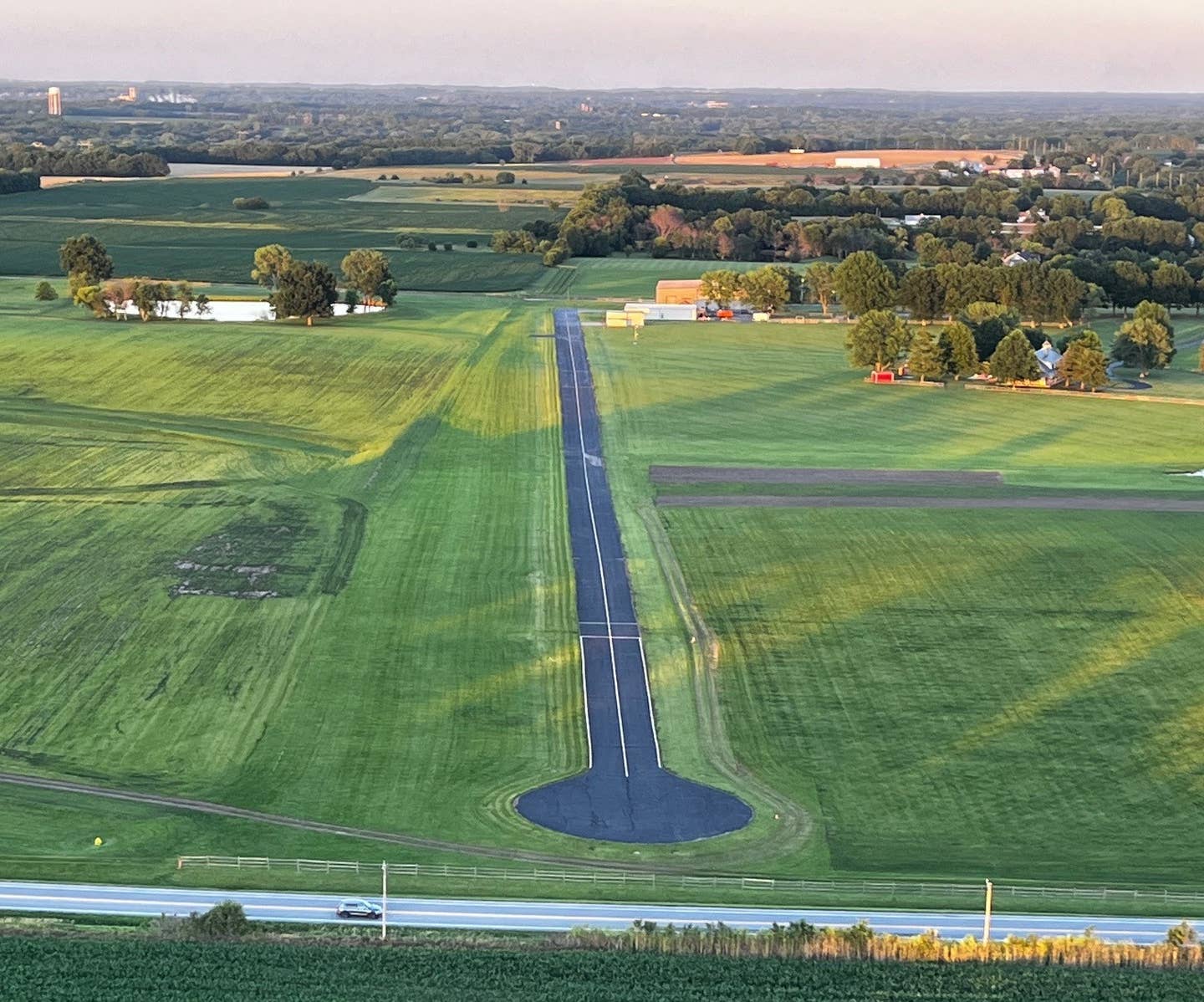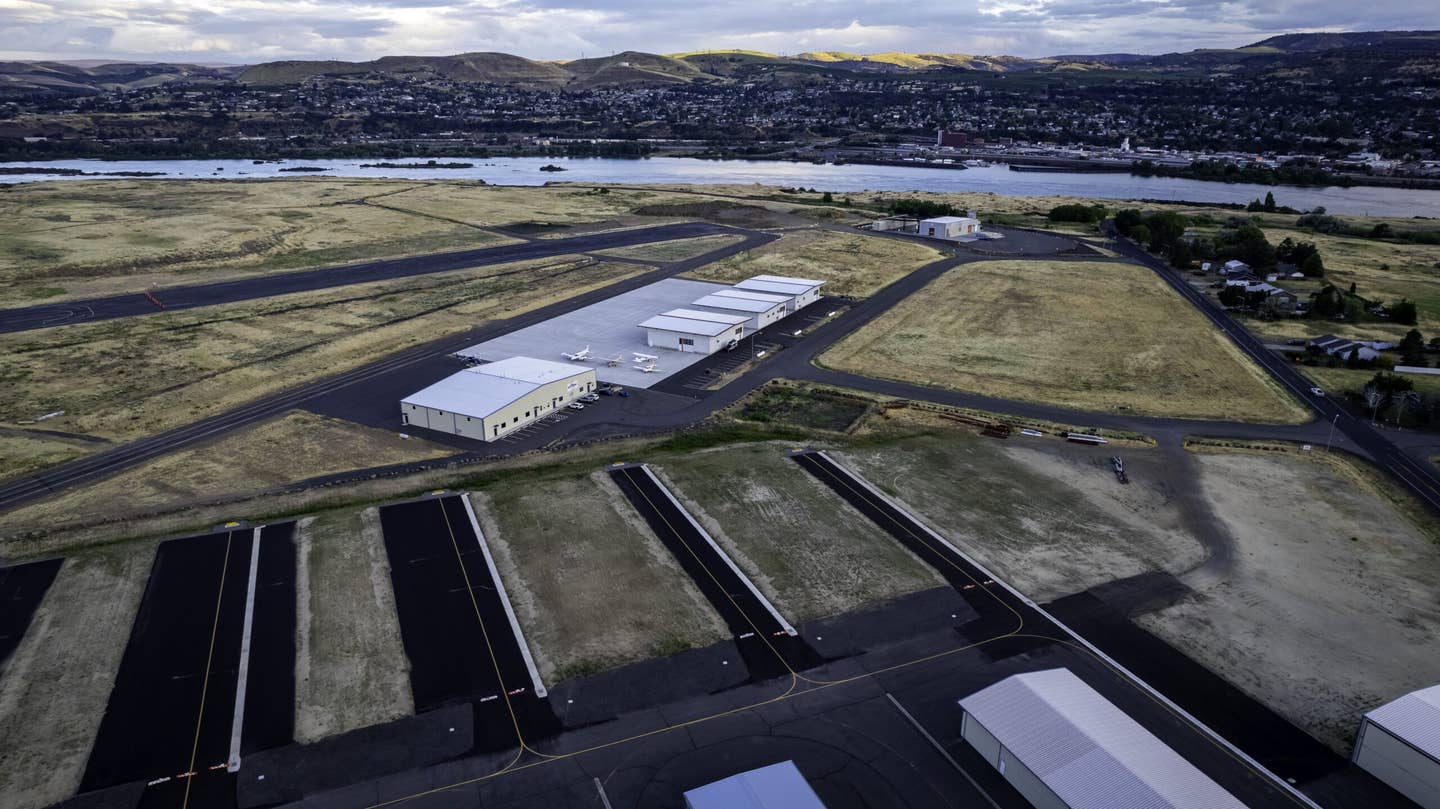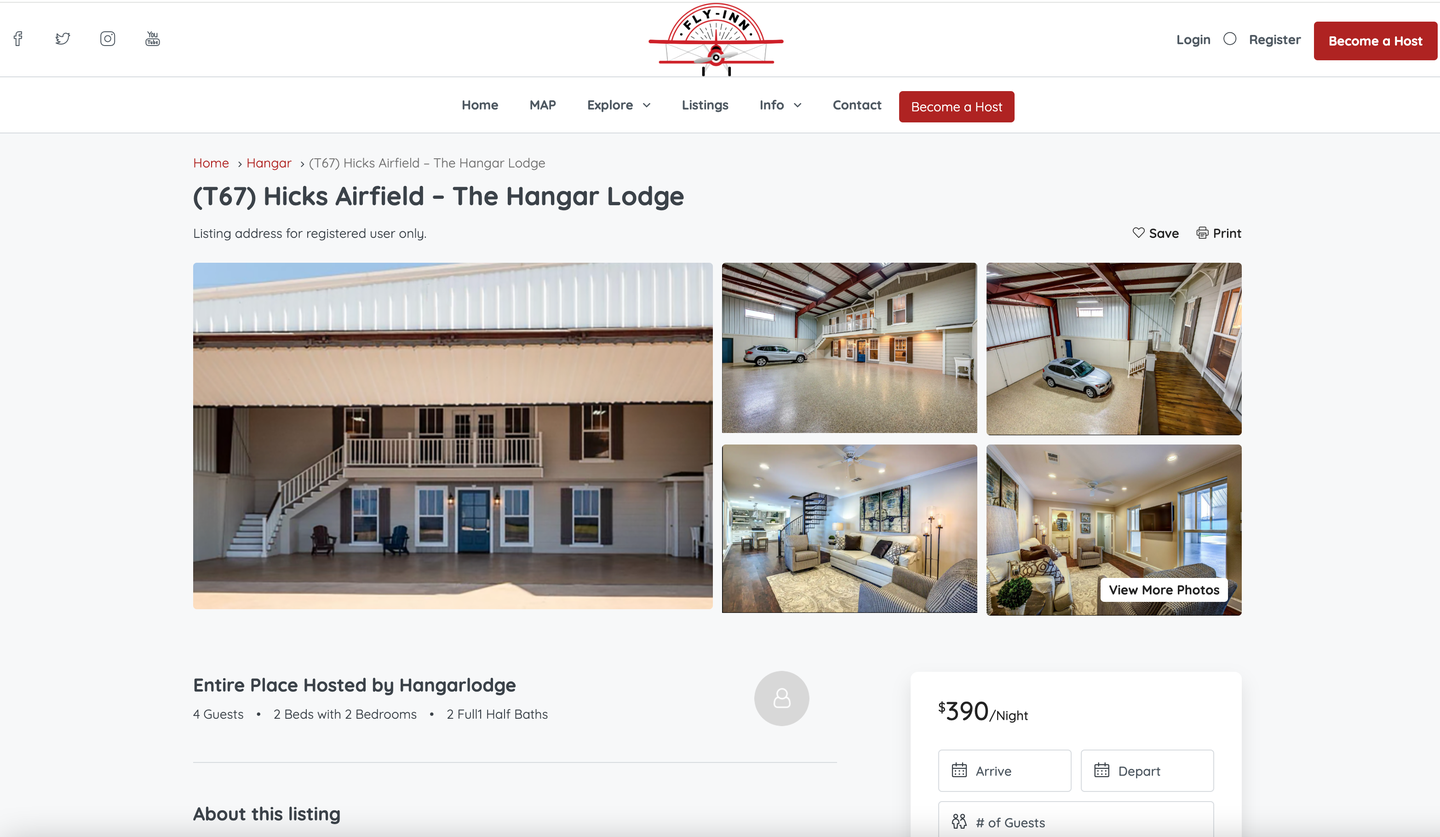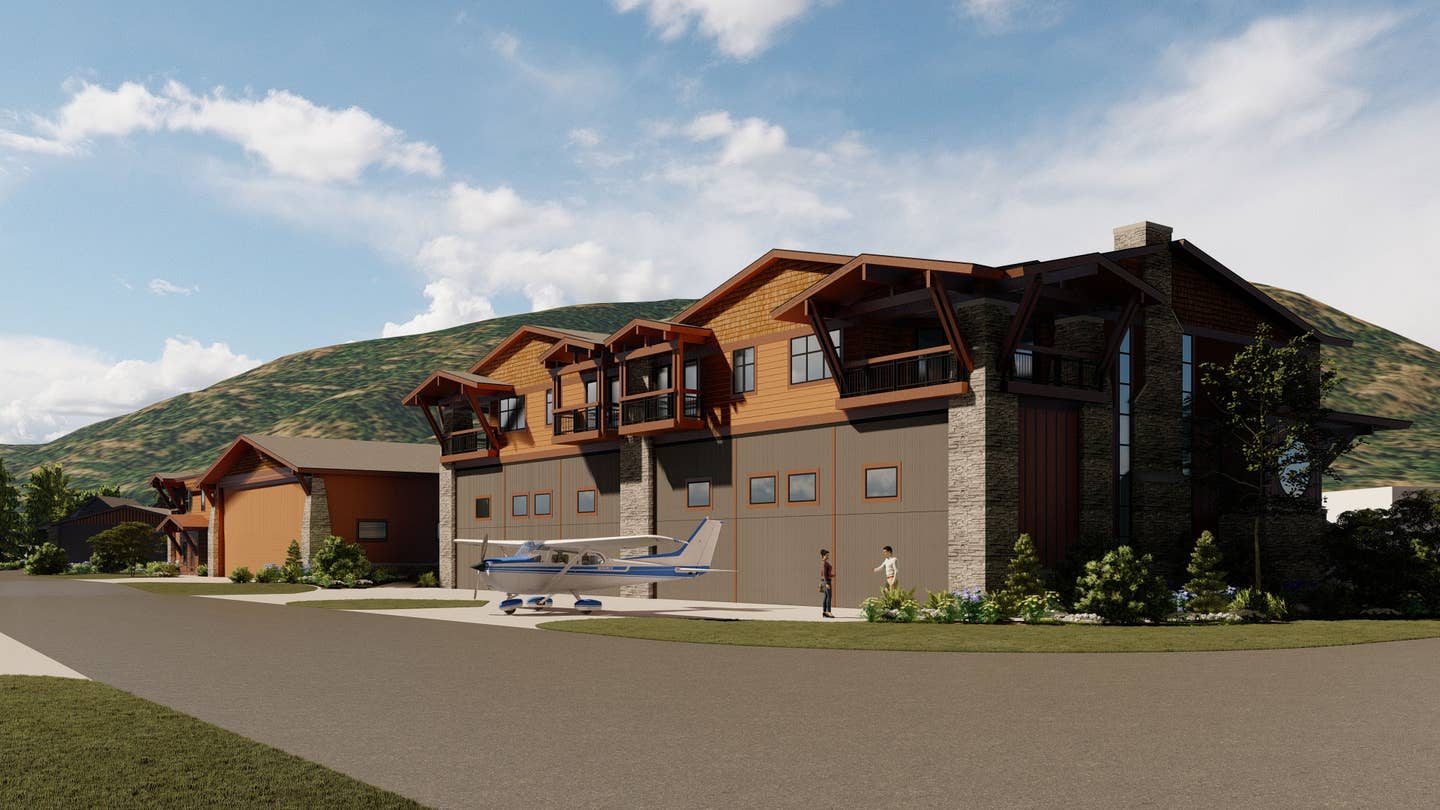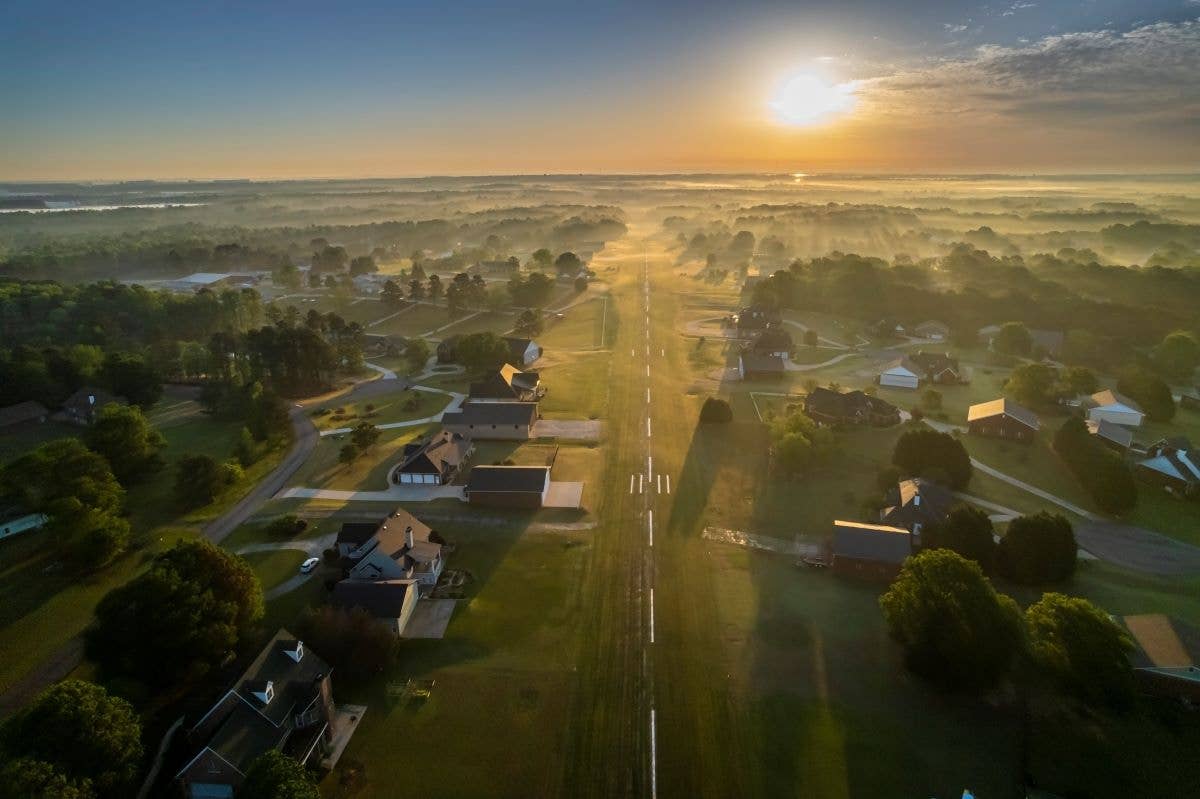Here are Four Examples of Residential Airparks Going Global
While the idea of living near your aircraft started in the U.S., it has taken hold in other countries as well.
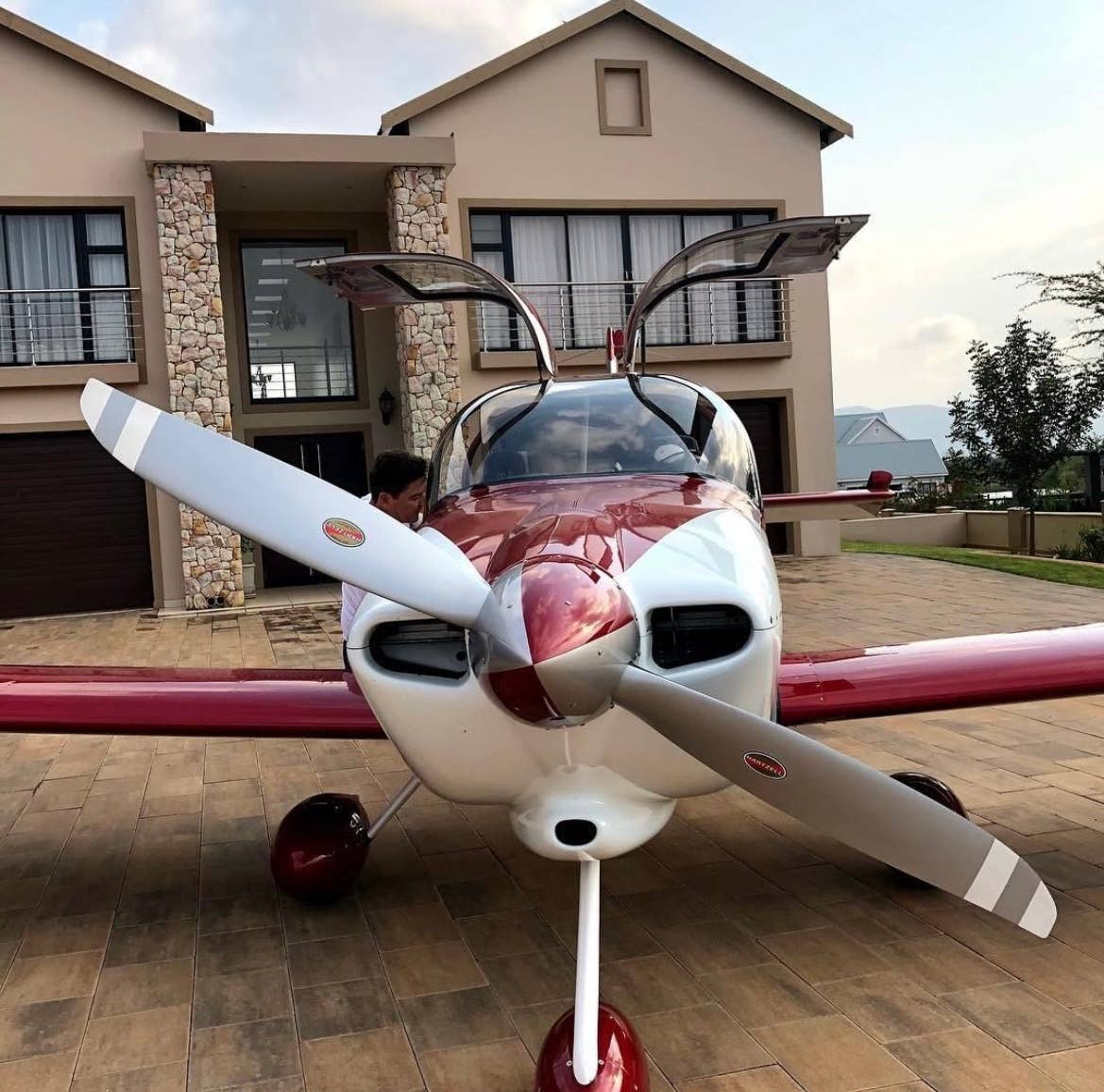
Aero Cove is a part of a nearly 500 acre “low density residential development,” titled The Coves. [Courtesy: The Coves]
The concept of residential airparks took off in the United States following the end of World War II. The return of soldiers back home, urbanization, and other factors ultimately led to the creation of fly-in communities.
These aviation-centric neighborhoods have both withstood the test of time and become increasingly prevalent in the years since. Today, more than 600 airparks exist in the U.S., and those are located in all but a few of the 50 states.
And while the concept of living alongside one’s aircraft around a shared runway was first conceptualized domestically, the popularity has taken hold abroad as well.
The following provides a general overview of four nations’ residential aviation facilities and is not an exhaustive list of all past, present, or planned residential fly-in communities there.
Canada
Likely unsurprising, our neighbors to the north have a handful of airpark communities. One example of a Canadian airpark is Mabel Lake Airpark, in Enderby, British Columbia, which is roughly halfway between Vancouver and Calgary. The site has a long aviation-focused history that began much before the airpark was created in 1991.
According to its website, “Mabel Lake Resort was initially built in 1925. During the 1940s, an airstrip was added as a convenience to private pilots who wanted to fly in their families and friends for a holiday.” People come to the resort to enjoy the lake, as well as onsite golfing and other recreational opportunities.
The community, which is self-touted as “one of the first true airparks in Canada,” has a number of homes situated directly adjacent to the 2,900-by-100-foot grass runway (identifier CBF9). The runway’s southernmost end is only a road and a tree line away from Mabel Lake, known for salmon and trout fishing, with online media showcasing a wide array of aircraft flying in and out of the resort.
Sweden
Within aviation circles, the Nordic country is known for being the home of Saab and its longstanding lineage of commercial and military aircraft. An additional distinction that can be added to the country’s aerial accolades is that it is home to “the first airpark of Northern Europe.”
Siljan Airpark is situated roughly three and a half hours northwest of Stockholm in Siljansnäs, Dalarna, and was established in 2006, although had been in-work for several years prior. The community currently boasts more than two dozen plots, of which a majority have homes and hangars upon them.
All home sites are in a dedicated area that is a short taxi from Siljansnäs Airport’s (ICAO identifier: ESVS) two runways. One of these is an 838-meter (2,749-foot) asphalt strip, which has an adjacent turf strip. Siljan Airpark is reportedly only inhabited by three families during the winter months but is more crowded in warmer periods.
The airport itself also sees year-round traffic, although it picks up during the summer. According to the community’s website, “Siljansnäs airfield and the aeroclub is renowned for its friendly atmosphere and the hosting of the annual fly-in Kräftstjärtssvängen in August, one of the largest in Scandinavia. There is a tradition of both glider and powered aircraft with many amateur-built experimental and ultralight aircraft.”
France
The country has a strong general aviation environment, evidenced by a large number of enthusiasts and aircraft, and lays claim to the region’s first residential airpark.
Vendée Air Park—north of Talmont-Saint-Hillaire, and about an hour south of Nantes in western France—asserts that it, established in the mid 1990s, is “the first Aeronautical Village in Europe.” The airpark was built upon a site that was formerly the founding family’s private airfield.
According to the organization’s website, all home lots have been sold for more than two decades, with 55 homes in a community that surrounds the collocated 852-meter (2,795-foot) paved and a 700-meter (2,296-foot) turf runway. The runways at LF8521 (local identifier), as well as shared aviation and other facilities, are managed by a homeowners association, the Association Syndicale du Lotissement Vendée Air Park.
From an aerial perspective, there would be little indication that Europe’s first airpark is situated in the French countryside and is not in the American Midwest.
Aside from this trailblazing community, there are more than half a dozen other residential airparks in France. One of these is the Airparc Aero Delahaye, which was founded in 2008 and is located in the northernmost portion of the county, about an hour south of Calais and three hours north of Paris.
The community’s private 630-meter (2,066-foot) turf runway, with an in-country identifier of LF6252, was recently reconstructed. Additionally, the community’s updates webpage highlights new builds, with an estimated dozen two-level homes presently constructed in the airpark.
Outside of having quick access to a runway, residents also have access to a number of recreational offerings, such as a community pool, a sauna, as well as a petanque court (petanque is a lawn sport in France, similar to bocce).
South Africa
South Africa is another early entrant to the residential airpark scene, in an international context, and presently has several airparks within its land boundaries. One South African fly-in community is Aero Cove, which is a part of a nearly 500 acre “low density residential development,” titled The Coves.
Outside of a 900-meter (2,952-foot) asphalt runway, the community has a number of robust offerings, from boating and water activities, to a restaurant, as well as a natural setting. The community notes that they have a strong focus on conservation, with a wide array of plants, fauna, and animals present within and nearby, “with 206 species on the list of birds spotted at The Coves over the last ten years.”
The airpark’s website notes that there are fifteen “stands” (homesites) surrounding the runway, as well as six hangars accessible by those living in other parts of the community.
Another South African airpark is the Zandspruit Bush & Aero Estate, located approximately two hours from Johannesburg-via single engine piston airplane. According to the community’s website, “38 stands are specific…located along the 1,000 meter [3,281-foot] hard surfaced runway. These stands give you the option of building your own hange[a]r next to your home, enabling you to arrive at your property in your own plane and hange[a]r it right next your bush home.”
These builds are distinguished as bush homes, because the community is located in a backcountry region of the country, which boasts a healthy variety of wildlife. Within a dedicated 1,500-acre-plus wilderness area onsite, the following animals have been spotted: giraffes, impalas, warthogs, aardvarks, wildebeests, as well as many others. And while perhaps the wildlife here is different from airparks in the U.S., the spirit of living alongside one's aircraft is just the same.

Subscribe to Our Newsletter
Get the latest FLYING stories delivered directly to your inbox

